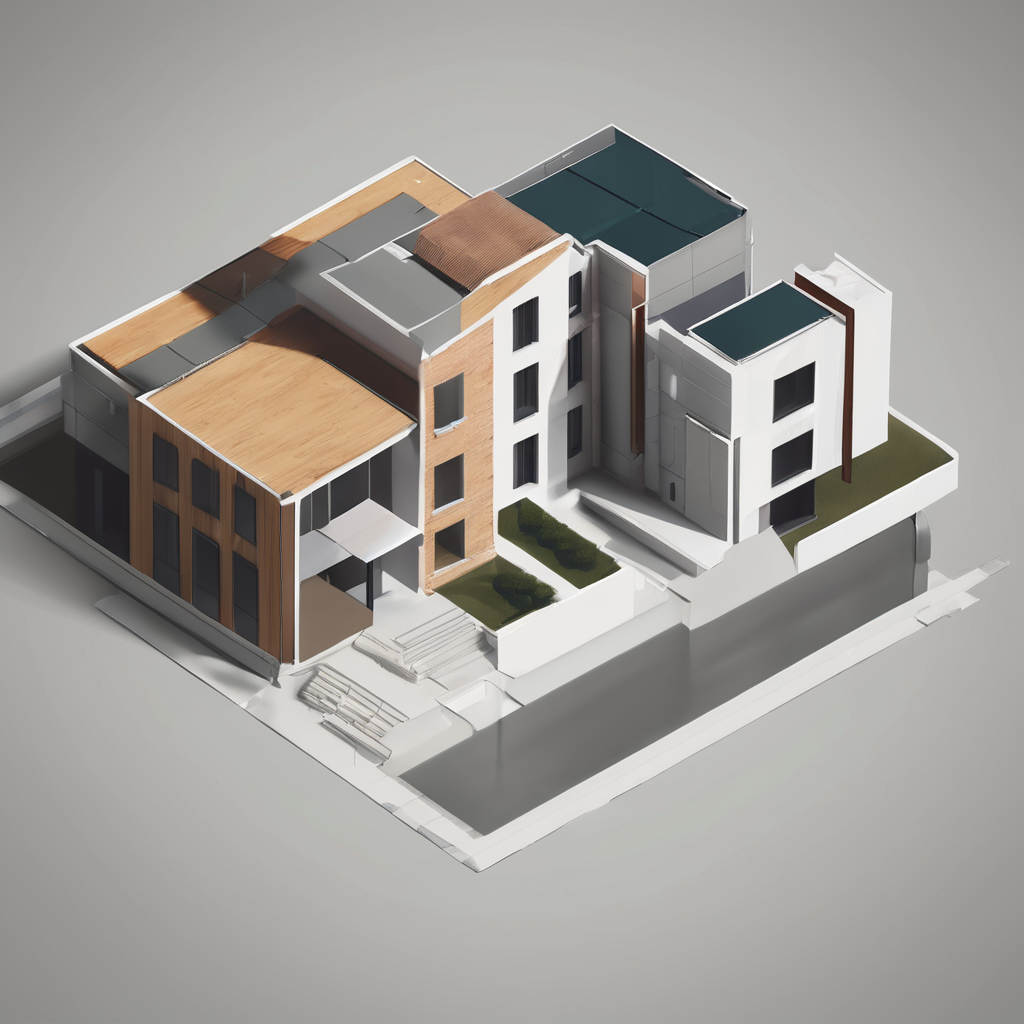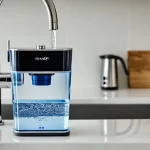Impact of Swimming Pools on UK Property Value
Adding a swimming pool to a property can influence UK real estate prices, but the impact varies widely. Generally, a swimming pool property value increase depends on location, buyer preferences, and maintenance considerations. While international markets may see a clear premium for pools, UK buyers often weigh the costs carefully.
Evaluating home improvement impact, swimming pools can enhance outdoor living appeal, making a property more attractive to a niche segment. However, pools also bring extra upkeep and insurance costs, which can deter some buyers, potentially limiting the property resale market.
Also to discover : How Can UK Homeowners Optimize Their Backyard Space with Swimming Pools?
Recent property sales data indicate that a swimming pool can add value between 5% to 10% in affluent areas or where outdoor space is highly valued, but elsewhere the added value may be minimal or even negative. The key lies in matching the pool to the lifestyle expectations of prospective buyers.
In summary, the swimming pool property value boost is not guaranteed; it requires thoughtful integration with the UK real estate market and careful consideration of buyer priorities. Understanding this balance helps homeowners make informed decisions about investing in pools for improved resale prospects.
Also to read : How do you choose the right swimming pool design for your UK home?
Factors Influencing Value Addition
Understanding what truly increases a home’s appeal
Location impact plays a pivotal role in how much a pool adds value to a UK property. In urban areas, where outdoor space is limited, an outdoor pool may stand out and command higher interest. Conversely, in rural or coastal regions, buyers might prefer pools integrated into natural surroundings, enhancing the property’s charm and value.
The pool type significantly affects property enhancement. Indoor pools generally appeal to buyers seeking luxury and year-round use, potentially increasing value more than outdoor pools. Size and design also matter; a well-designed pool that complements the home’s architecture adds more appeal than a generic option. For example, a sleek infinity pool can boost perceived value substantially.
Maintenance costs are frequently scrutinized by buyers. Pools that require costly upkeep or have outdated equipment can detract from value. Transparent information about upkeep expenses and recent renovations assures buyers, positively influencing their perception. High maintenance costs might reduce the net value addition despite the initial allure.
Understanding these interconnected factors — location impact, pool type, and maintenance costs — is essential for maximizing property enhancement through pool installation.
Real Estate Expert Opinions and Market Insights
Understanding real estate expert advice is essential when considering a pool installation. Professionals in the UK property sales sector often highlight that pools are a niche feature. They may increase appeal in upscale neighborhoods but do not guarantee a broad market advantage.
Market trends show that areas with frequent pool additions tend to be affluent suburban locations or regions with a warmer climate that supports outdoor living. These trends suggest pools are more desirable for families seeking luxury and lifestyle upgrades, rather than practical considerations like increased property resale value.
Experts also emphasize that pools can add value primarily to larger detached homes with sufficient outdoor space. Conversely, in smaller or urban properties, pools may reduce value due to maintenance concerns and space trade-offs. Demographics matter as well; young families or retired homeowners who prioritize leisure may see a pool as an asset, while first-time buyers might view it as an unnecessary expense.
In summary, UK real estate professionals advise weighing neighborhood market trends and buyer demographics carefully before investing in a pool. This strategic approach aligns with current market dynamics within UK property sales.
Costs, Buyer Appeal, and Deterrence
When considering a home swimming pool, installation costs in the UK usually range significantly based on size, type, and features, with typical upfront expenses starting from around £15,000. Ongoing maintenance costs—covering cleaning, heating, and chemical treatments—add an additional financial commitment annually. Understanding these costs is crucial, as they influence both buyer preferences and property resale value.
In terms of buyer appeal, pools often divide opinions. Some buyers associate a well-maintained swimming pool with luxury and enhanced lifestyle, increasing property desirability. However, others view pools as a liability, concerned about maintenance, safety, and increased bills. This disparity shapes how pools impact marketability.
There are clear scenarios where a swimming pool may deter buyers, such as in regions with cooler climates where outdoor pools see limited use. Families with young children might hesitate due to safety concerns. Additionally, buyers prioritizing low-maintenance homes could be discouraged by the upkeep. Therefore, while pools can boost resale value in the right market, they may reduce interest where costs and liabilities overshadow benefits.
Regional Variations in Value Impact
Exploring how location shapes the financial benefits of installing a swimming pool
The influence of an outdoor or indoor pool on regional property values varies widely across the UK. In southern England, where warmer weather encourages year-round pool use, homes with pools often see a noticeable increase in appeal and market price. Conversely, in cooler northern regions, the local climate can limit pool enjoyment, reducing value addition.
Local climate directly affects pool practicality. Mild, temperate zones make outdoor pools more attractive, while colder areas may require costly heating or indoor installation, impacting the cost-benefit ratio. This explains why pools are a common feature in some affluent neighbourhoods like Surrey or Kent, where pools align with lifestyle and market expectations.
In contrast, regions such as northern England or Scotland often regard pools as luxury extras rather than practical amenities. Homeowners in these areas may see less return on investment. Understanding these neighbourhood trends is crucial. Buyers in pool-friendly areas expect pools to be standard, while in other locales, the presence of a pool may neither increase nor detract significantly from property value. This dynamic underscores the need to consider regional property values carefully when adding a pool.
Insurance, Legal, and Regulatory Considerations
Understanding the rules around pool ownership
Homeowners with a swimming pool must navigate swimming pool insurance as a critical requirement. Insurance policies typically cover liability risks, such as injuries or accidents on the premises, which can significantly impact financial liability. In the UK, property law mandates that pool owners take reasonable precautions, aligning with broader safety standards.
Legal responsibilities extend to adherence to strict safety regulations. These include secure fencing, cover locks, and clear signage to prevent accidents. Failure to comply can lead to hefty fines and affect a home’s marketability, as potential buyers often scrutinize these features for safety assurance.
Recent transactions highlight pitfalls when safety regulations were overlooked, leading to delayed sales or reduced property values. For example, some homeowners faced costly retrofits after discovery of inadequate safety measures. Thus, staying informed about evolving UK property law and required insurance can safeguard owners against liability while enhancing buyer confidence.
Understanding Robot Hoovers: How They Work
Robot hoovers have revolutionized cleaning through advanced technology that simplifies daily chores. At their core, these devices employ smart sensors and sophisticated algorithms to navigate and clean floors autonomously.
When a robot hoover begins cleaning, its sensors map the room by detecting obstacles and identifying surfaces. This enables it to avoid collisions and efficiently cover the area. Many models use laser-based mapping (LiDAR) or camera systems for high-precision room scanning.
The cleaning mechanism of robot hoovers combines suction power with brushes to remove dust and debris from hard floors and carpets alike. Models differ in their suction strength and brush design, impacting their ability to clean various surfaces effectively.
Battery life and smart charging are vital components. Robot hoovers return automatically to their docks when the battery is low, ensuring uninterrupted service. This autonomous cycle promotes ease of use and convenience.
By understanding these functions, you can better evaluate which robot hoover suits your needs for maintaining a clean home with minimal effort.




